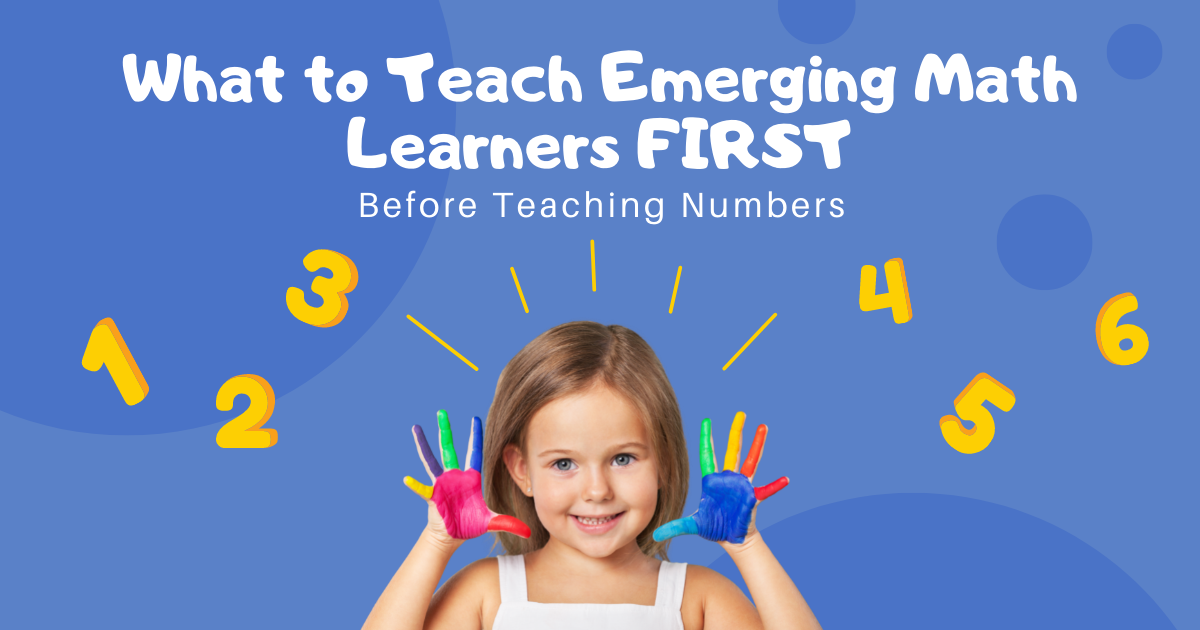Teach Emerging Math Learners These Skills Before Teaching Numbers

When I work with early education teachers, the first question I ask is, "What math skills should you teach young children first? " Their answers usually include: counting, numbers, number sense, patterns and shapes.
While all of these early math skills are important, most children won't be successful in learning them unless they can first understand the concept of similarities and differences.
Students that struggle with number sense, most likely have not developed the critical early math skill of identifying things that are similar from things that are different. Think about it . . . How can a child distinguish between sets of 5 and 3, if she hasn't had opportunities to practice identifying a variety of things that are either similar or different?
Teach Similarities and Differences Before Numbers
Activities that teach the skill of identifying similarities and differences include:
- matching
- sorting
- ordering (length, width, height, etc)
- patterning (ab. . . aabb. . . abc. . . etc), and
- identifying which thing is different in a set
Young children need lots of practice in each of these skills. Below I share some concrete examples of how Math Shelf develops students' confidence and competence in matching.
Teaching Matching in Math Shelf
When teaching matching, start simple. First match 1 thing, then 2, and finally 3 things. Starting simple ensures that children experience success. We all know that when we are successful at something, we keep engaging in the task. That's likely where the axiom, "success breeds success" comes from.

Next, provide a wide variety of matching activities to maintain young children's interest. Anyone that teaches 3-to-6 year olds knows that for kids to learn, they need to attend, and to keep young children's attention, the activities need to be varied, short, and fun. 
Finally, matching tasks need to increase in difficulty. Doing this involves both increasing the number of things children match, and making the things they match look more similar to each other. 
Conclusions
Teachers that want to develop young children's math knowledge should first design a wide variety of lessons that increase students skills in identifying similarities and differences (i.e., matching, sorting, ordering, patterning, etc.).
Once students master these pre-math skills, they will be ready for counting, identifying numerals, ordering numerals, matching numerals to sets, simple operations, and the other number sense skills.


